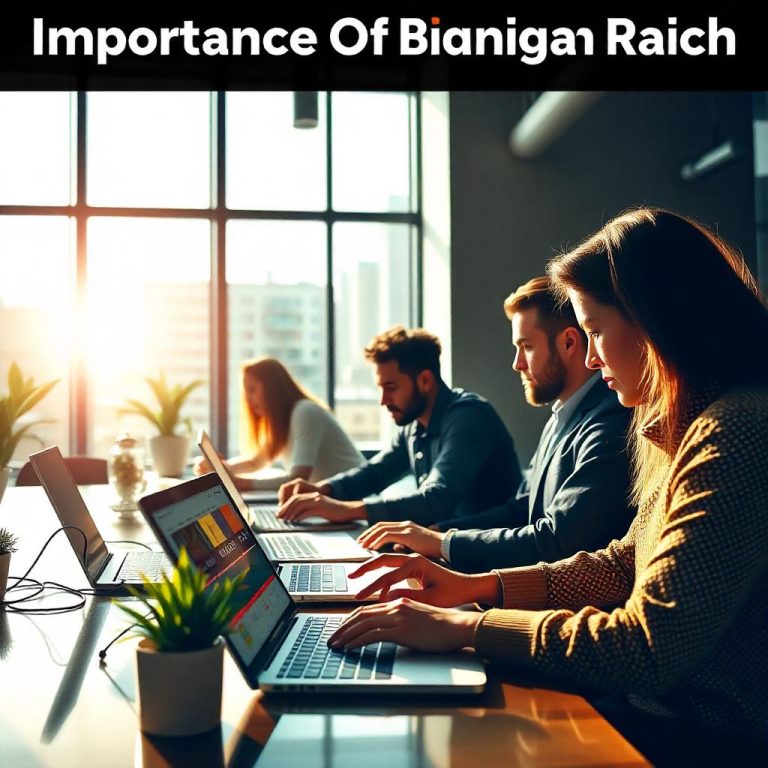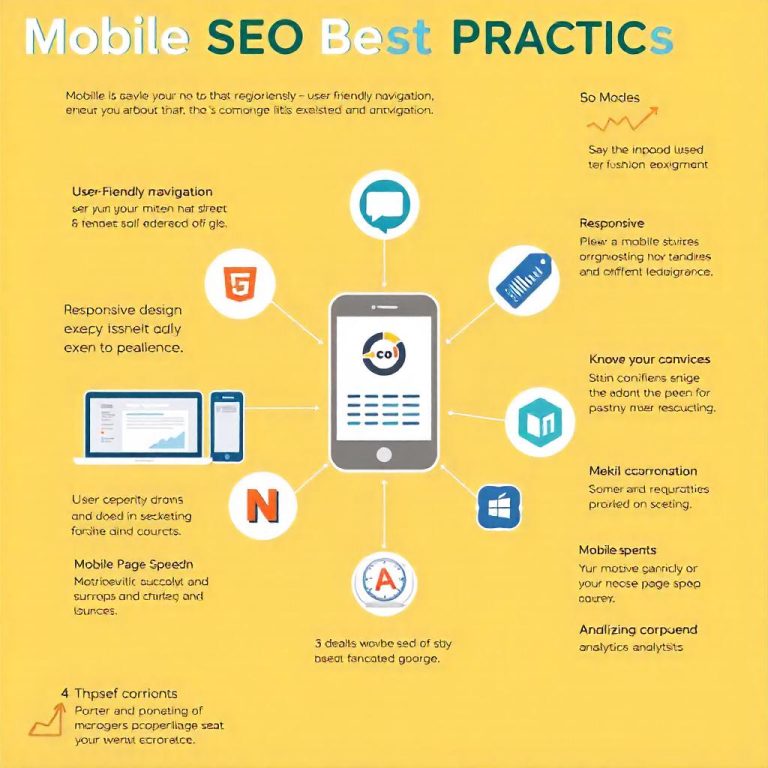How SEO Works
Search Engine Optimization (SEO) is a process aimed at improving a website’s visibility on search engines like Google, Bing, and Yahoo. The primary goal of SEO is to increase organic (non-paid) traffic to a site by achieving higher rankings in search engine results pages (SERPs). SEO involves a combination of strategies and best practices that help search engines understand and rank a website’s content for relevant keywords. Here’s a breakdown of how SEO works and the main factors that influence it:
Learn How To “Become an Affiliate Marketer – Training via Ebooks And YouTube Videos”
1. Keyword Research
Keywords are words or phrases that people type into search engines to find information. Keyword research involves identifying relevant and valuable keywords related to a website’s niche, services, or products. By analyzing search volume, competition, and user intent, businesses can select keywords that their target audience is actively searching for. This research guides the creation and optimization of content, helping to attract users who are interested in the topics the site covers.
2. On-Page SEO
On-page SEO refers to optimization strategies applied directly to web pages to improve their visibility. Key on-page SEO elements include:
- Title Tags: The title tag is the main heading that appears in search results and should be compelling and relevant to the content, ideally including the target keyword.
- Meta Descriptions: Meta descriptions provide a brief summary of the page content. Though not directly a ranking factor, a well-crafted meta description can improve click-through rates (CTR).
- Headings (H1, H2, H3): These headings structure the content, making it easier for users and search engines to understand. Using keywords in headings signals relevance.
- Content Quality: High-quality, informative, and unique content that answers the user’s query is crucial. The content should be optimized for target keywords, while still being natural and valuable for readers.
- Internal Linking: Linking to other pages within the website helps users navigate and allows search engines to understand the site structure better.
- Image Optimization: Using alt text, file names, and captions helps search engines interpret images, which is useful for ranking in image search results.
Blog Writing & SEO Optimization Services
3. Technical SEO
Technical SEO refers to backend optimizations that help search engines crawl and index the site effectively. Important technical SEO components include:
- Site Speed: Faster-loading websites provide a better user experience, and search engines prioritize fast sites. Tools like Google PageSpeed Insights can help identify issues that might be slowing down the site.
- Mobile-Friendliness: With the majority of users accessing the internet via mobile devices, having a mobile-friendly, responsive design is essential. Google’s mobile-first indexing means that mobile compatibility is a ranking factor.
- XML Sitemap: An XML sitemap is a file that lists all pages on a website, helping search engines understand the site structure and find new content more efficiently.
- Robots.txt File: This file directs search engine bots on which pages to crawl and index, preventing them from accessing irrelevant or sensitive areas.
- SSL/HTTPS: Securing a site with SSL (making it HTTPS rather than HTTP) is essential for security and is a ranking signal for Google.
Boost Your Blog and Website with SEO – 50 Articles for Just $20!
4. Off-Page SEO
Off-page SEO focuses on increasing a site’s authority and trustworthiness through external signals. These factors indicate to search engines that the website is valuable and credible. Key off-page SEO components include:
- Backlinks: Backlinks, or inbound links, are links from other websites pointing to your site. High-quality backlinks from authoritative and relevant websites act as “votes of confidence,” helping to improve rankings. Effective backlink strategies include guest posting, content outreach, and influencer collaborations.
- Social Signals: Engagement from social media platforms like shares, likes, and comments can indirectly influence SEO by driving traffic and increasing brand visibility.
- Brand Mentions: Unlinked brand mentions (mentions of your brand on other sites without a direct link) can also positively impact search engine perception, as they indicate online popularity.
5. User Experience (UX)
Search engines prioritize websites that offer a good user experience. Metrics that indicate positive UX include:
- Bounce Rate: Bounce rate measures the percentage of users who leave the site after viewing only one page. A high bounce rate can signal that content is not engaging or relevant.
- Dwell Time: Dwell time is how long a visitor spends on a page before returning to the search results. Longer dwell times suggest that content is useful and relevant.
- Page Layout and Design: A clean, intuitive design with easy navigation improves the user experience, encouraging visitors to stay longer and explore more content.
Unlock Your Writing Potential and Start Earning Today with our read online E-book
6. Content Quality and Relevance
Content is at the heart of SEO. Search engines aim to provide users with the most relevant and valuable content, so creating high-quality, informative, and engaging content is essential. SEO-friendly content:
- Addresses User Intent: Understanding user intent—whether they want to learn, compare, or buy—helps in creating content that meets their needs. Google values content that satisfies user queries.
- Is Up-to-Date: Fresh, current content is more likely to rank well, especially for time-sensitive topics. Regularly updating blog posts and other resources helps maintain relevance.
- Includes Keywords Naturally: Keywords should be incorporated seamlessly in the content, including the title, headers, and body. However, overusing keywords (keyword stuffing) can harm rankings.
7. Local SEO (if applicable)
Local SEO is essential for businesses that target local audiences, such as restaurants, clinics, and retail stores. Local SEO involves optimizing for location-based keywords and ensuring the business is listed in local directories and Google My Business. Local SEO strategies include:
- Google My Business Optimization: Creating or claiming a Google My Business listing helps businesses appear in local search results and Google Maps. Optimizing the listing with accurate business information, categories, and photos is crucial.
- NAP Consistency: Ensuring the business’s Name, Address, and Phone Number (NAP) are consistent across all online directories and social profiles helps search engines verify the business’s legitimacy.
- Local Keywords: Using location-specific keywords (e.g., “SEO services in New York”) helps attract local search traffic.
8. Monitoring and Analytics
SEO is an ongoing process that requires constant monitoring and refinement. Key performance indicators (KPIs) like organic traffic, rankings, conversions, and bounce rate should be tracked regularly. Tools like Google Analytics, Google Search Console, and SEO software (e.g., Ahrefs, SEMrush) are essential for analyzing performance and making data-driven decisions.
- Keyword Rankings: Monitoring keyword rankings helps determine which pages are performing well and which need optimization.
- Traffic and Engagement Metrics: Google Analytics provides insights into site traffic, user behavior, and conversion rates.
- Crawl and Indexing Reports: Google Search Console offers data on how Google crawls and indexes a site, allowing for the identification and resolution of any technical issues.
SEO works by combining these strategies to make a website more accessible, valuable, and relevant to search engines and users alike. By continuously refining on-page, technical, and off-page elements, websites can improve their rankings in search results, ultimately increasing visibility, traffic, and conversions.







